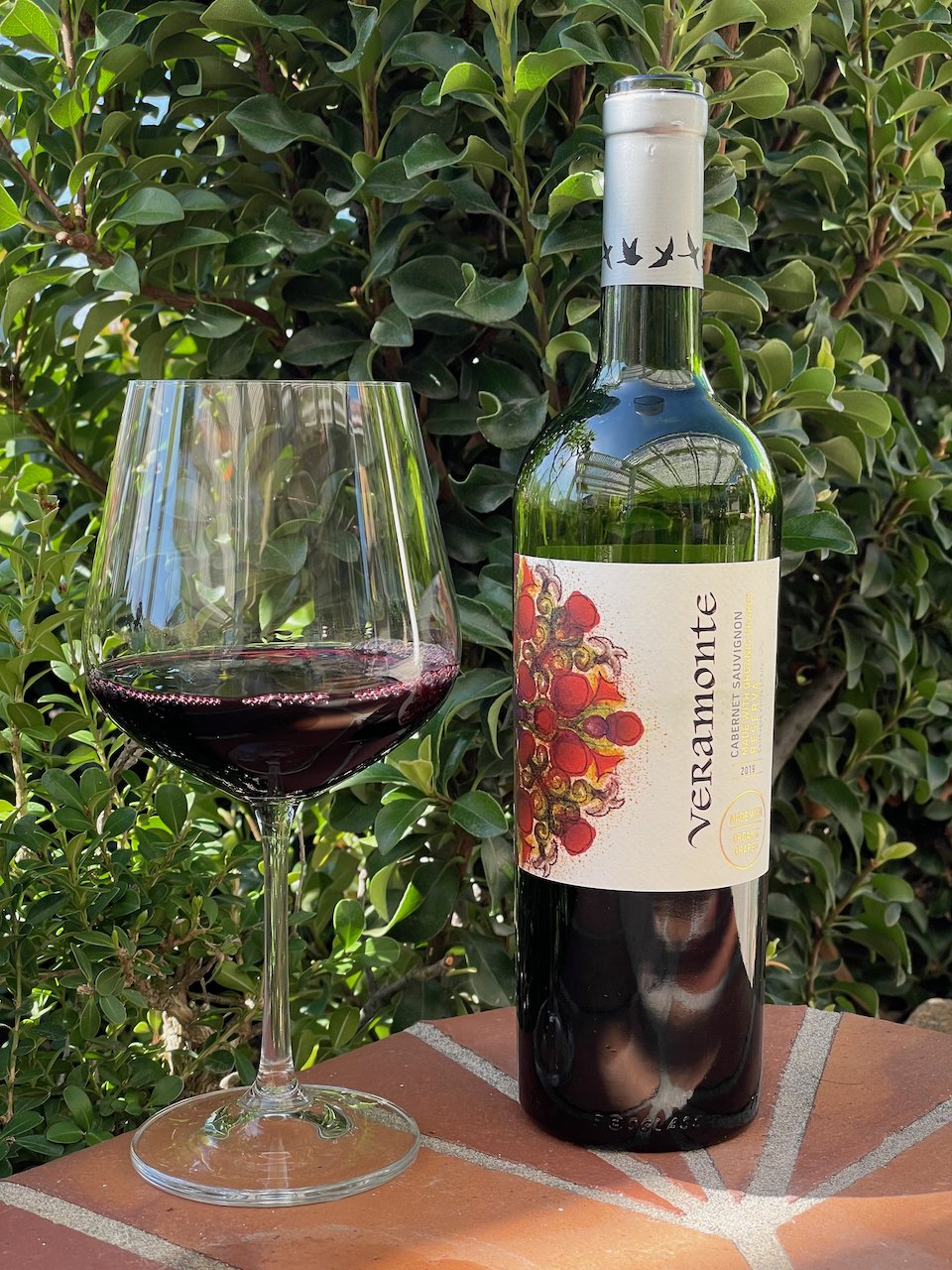The Colchagua Valley
The Colchagua Valley is located in Chile approximately 80 miles south of Santiago. It stretches south-east to north-west for 70 miles at its widest point with its western boundary formed by the coastal hills that run the entire length of Chile's Pacific coastline and to the foothills of the Andes in the east.
Colchagua Valley Climate
The Colchagua Valley has an ideal wine-growing climate. It has warm days and cool nights due to the ocean breezes. It’s a relative dry region that gets its water supply from Andes run-off and the occasional rain. The region maintains a consistently Mediterranean climate where Cabernet Sauvignon plantings mostly occur in the warmer eastern region.
Colchagua Valley Terroir
Like so many other wine regions, the slopes on the edges of the coastal mountains are the most desirable locations for grape growing in the Colchagua Valley. These vineyards have well-drained granitic soils, cooler temperatures than those in the valley floor and benefit from the diurnal temperature variation.
Colchagua Valley Cabernet Sauvignon
The Cabernet Sauvignon of the Colchagua Valley are some of the best wines of Chile’s Central Valley and are available at great values with many in the $20 price range. An upcoming Behind the Cork™ will feature three Cabernet’s from this region and providing more details on their characteristics.
The soils and higher temperatures of the Colchagua Valley results in a different profile for Cabernet Sauvignon than that found in Maipo Valley. And, we’ll explore that region next time. Cheers!




